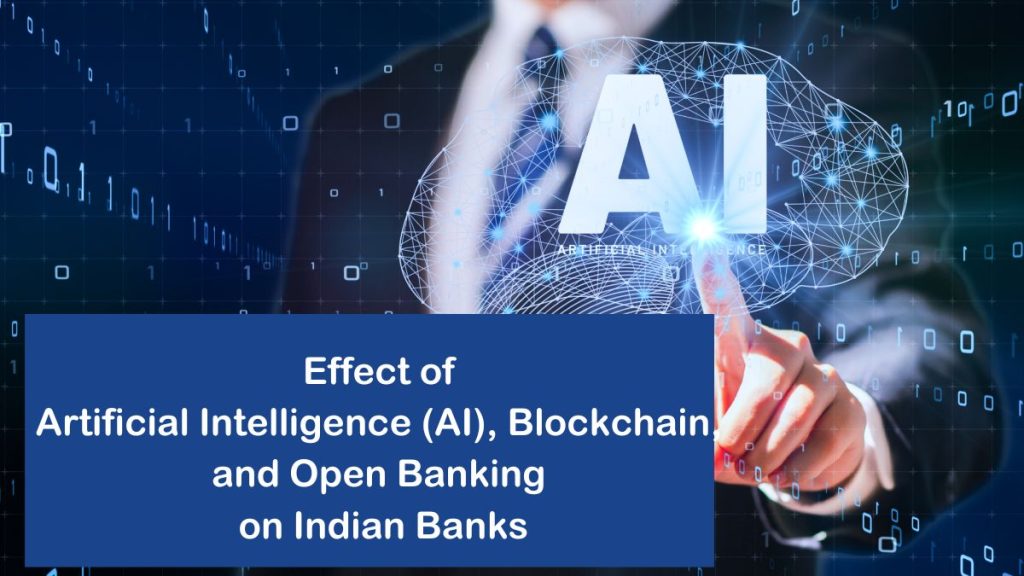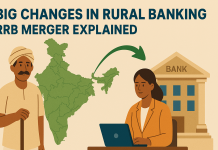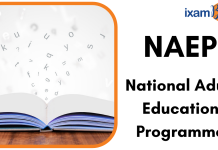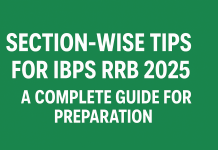The Indian banking industry has always been a pillar of the nation’s economy. But let’s be honest—traditional banking is no longer sufficient to match the rapidly changing environment. Step in technologies such as Artificial Intelligence (AI), Blockchain, and Open Banking. They’re not simply buzz terms; they’re revolutionizing the way Indian banks work, interact with customers, and remain competitive. So, what’s actually happening? Let’s demystify it.

Artificial Intelligence: The Banking Brain Now
AI is not science fiction anymore. It’s here, and it’s making Indian banks perform functions that a decade ago would have seemed like science fiction. From customer care chatbots to real-time fraud detection systems, banking is becoming smarter and quicker.
Consider HDFC Bank’s EVA (Electronic Virtual Assistant), for instance. It’s a chatbot powered by artificial intelligence that manages millions of customer interactions every year. And it’s not limited to responding to questions. AI is also being used by banks to analyze customers, forecast loan defaults, and even customise financial products based on predictive analytics and machine learning algorithms.
But here’s the twist—while AI is capable, it’s not problem-free. Concerns about data privacy and having enough qualified people to run these systems are legitimate concerns. Yet, the possibilities are vast, and Indian banks are just getting started.
Blockchain: The Trust Machine
If there’s one tech that yells “trust,” it’s Blockchain. For Indian banks, it’s a game-changer, particularly in secure transactions and preventing fraud.
Blockchain’s distributed ledger technology implies that each transaction is documented in a manner that’s tamper-proof and transparent. This is huge for a nation like India, where process inefficiencies and financial fraud continue to be a major concern. ICICI Bank, for example, has been piloting Blockchain for international trade finance, facilitating faster and more secure transactions using distributed ledger systems and smart contracts.
But let’s not get ahead of ourselves. Blockchain is in its infancy in India. Regulatory obstacles and the absence of a standard framework are holding it back. Nevertheless, the potential it offers to revolutionize banking operations cannot be denied.
Open Banking: Smashing Down the Walls
Open Banking is nothing but partnership and openness. Open Banking permits third-party developers to create applications and services on top of financial institutions, empowering the customer with access to more financial information using APIs (Application Programming Interfaces).
In India, the Unified Payments Interface (UPI) is a shining example of how Open Banking principles can transform the industry. UPI has enabled seamless peer-to-peer (P2P) transactions, and all this is made possible because of the open API ecosystem. Banks such as Axis Bank and Kotak Mahindra are already using Open Banking to provide personalized financial products and services based on data analytics and customer-driven solutions.
But the thing is that Open Banking also presents some challenges regarding data security and customer privacy. With increased numbers of players in the ecosystem, there’s a growing risk of data breaches. Indian banks will have to walk the tightrope, balancing innovation with safety through encryption and cybersecurity solutions.
The Bigger Picture: Challenges and Opportunities
Though these technologies are changing Indian banking, they’re also posing challenges. One of them is digital literacy. Not all Indians are technology literate, and banks will have to spend money training their customers.
And then there’s the expense. It takes tremendous investment in IT infrastructure, cloud computing, and hiring talent for AI, Blockchain, and Open Banking. It might be prohibitive for small banks. Yet the long-term gains—faster operational efficiency, enhanced customer experience, and lower operational expense—justify it.
Regulation is part of the picture too. RBI has taken proactive steps towards frameworks for digital banking, but a lot needs to be covered still. It is essential that it gets the right balance of innovation and regulation right, with the rollout of digital lending guidelines and data localization rules.
What’s Next for Indian Banks?
Indian banking’s future is certainly digital. AI, Blockchain, and Open Banking are not trends, but the building blocks of a new world. The banks that embrace them will be successful, but those who resist will get left behind.
But it’s not merely technology. It’s the way that these tools are leveraged to address genuine problems—whether it’s enabling rural India’s access to banking through fintech alliances or enabling financial inclusion for everyone through mobile banking and digital wallets.
So, what do you believe? Are these technologies the solution to India’s banking woes, or merely the start of a much larger change? One thing is certain—the ride has only just started, and it’s going to be thrilling to see.
ixamBee specializes in providing expert guidance and resources for banking exams 2025, ensuring that you are well-prepared for the Upcoming Bank Exams like RBI Grade B, NABARD Grade B, IBPS SO, and more. Our courses align with the bank exam calendar 2024, covering all the essential topics. With a focus on the upcoming bank jobs, our Previous Year Papers, BeePedia, SSC CGL, SSC CHSL, SSC MTS and other Mock Tests are designed to help you excel in upcoming banking exams.
Also Read:
How are Non-Banking Financial Companies (NBFCs) Different from Regular Banks?
2025 Trends in Wealth Management: What’s New This Year?














